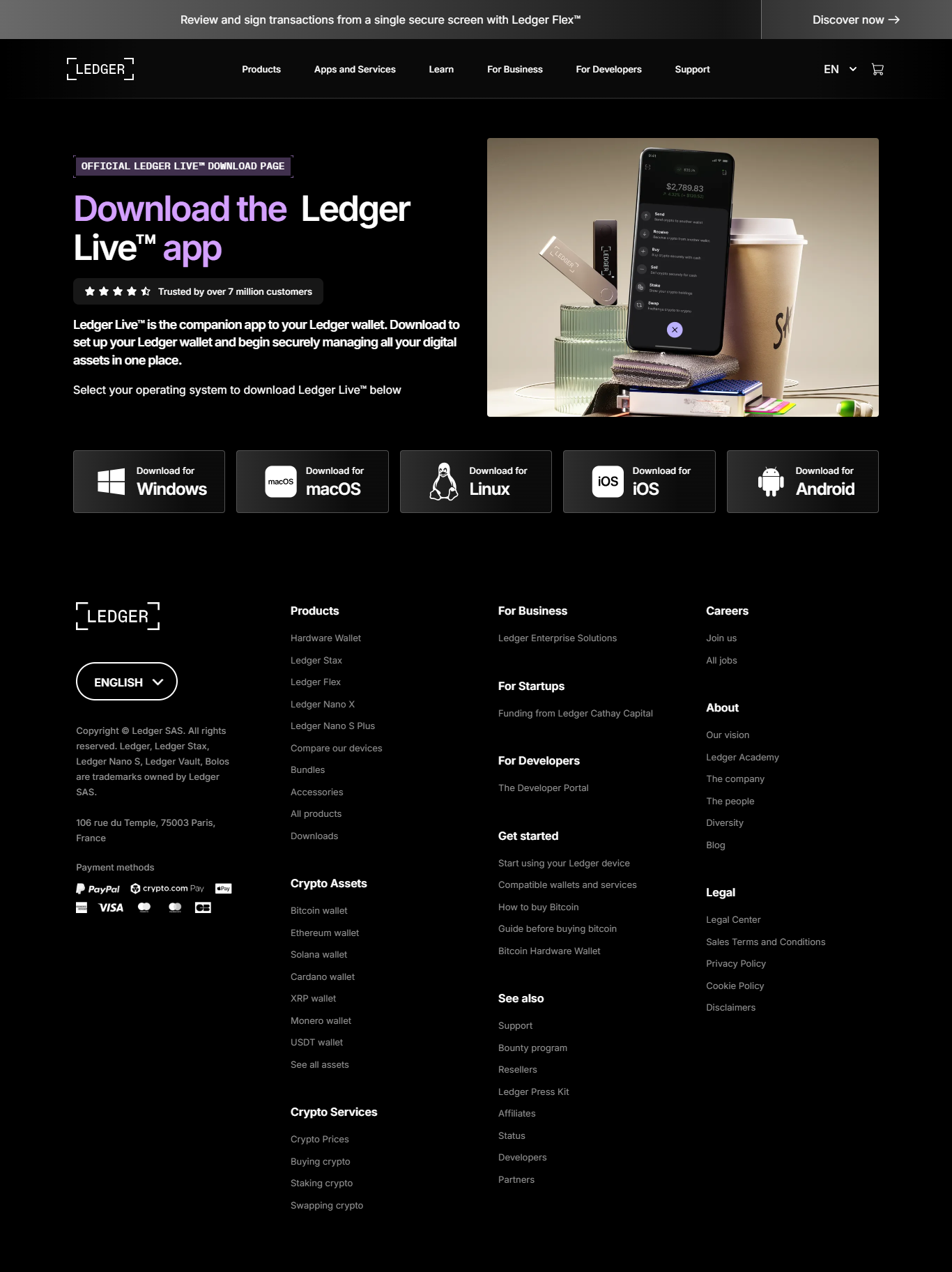Getting started with your Ledger® hardware wallet is one of the most important steps in securing your cryptocurrency investments. This guide will walk you through the complete Ledger login process, from unboxing your device to setting it up, installing Ledger Live, and ensuring your digital assets are stored safely. With cyber-threats and phishing attacks becoming increasingly common, taking the right precautions is critical. Ledger® provides world-class security features that allow you to manage Bitcoin, Ethereum, and thousands of other crypto assets with confidence.

Step 1: Unboxing and Initial Setup
When you first receive your Ledger® device, check that the packaging is intact and has not been tampered with. Ledger devices such as Nano S Plus and Nano X come with a USB cable, recovery sheets, and instructions. Connect your device to your computer or mobile device using the provided cable.
Step 2: Creating a PIN Code
During setup, you will be asked to create a PIN code. This PIN protects your device from unauthorized access. Choose a strong and unique PIN. Each time you connect your Ledger wallet, you will need to enter this PIN before accessing your crypto.
Step 3: Writing Down Your Recovery Phrase
Your Ledger device will generate a 24-word recovery phrase. This phrase is the only backup of your wallet. Write it down on the recovery sheet provided and keep it in a secure, offline location. Never share this phrase with anyone and never store it digitally on your phone or computer.
Step 4: Installing Ledger Live
Ledger Live is the official application that allows you to manage your assets, check balances, and install apps for different blockchains. Download Ledger Live from the official website and install it on your desktop or mobile device. Once installed, open Ledger Live and connect your device.
Step 5: Adding Accounts and Managing Assets
Inside Ledger Live, you can add accounts for Bitcoin, Ethereum, and other supported coins. This allows you to send, receive, and monitor your crypto portfolio securely. Ledger supports over 5,500 crypto assets, giving you full flexibility to diversify your holdings.
Step 6: Performing Secure Transactions
When you send funds, Ledger requires you to physically confirm transactions on the device. This ensures that even if your computer is compromised, hackers cannot approve unauthorized transfers. Always double-check the transaction details on the device screen before confirming.
Step 7: Keeping Your Ledger Updated
Ledger frequently releases firmware and Ledger Live updates to improve security and functionality. Make sure you keep both your device and app updated to the latest version to avoid vulnerabilities.
Best Security Practices
- Never share your 24-word recovery phrase.
- Only download Ledger Live from the official website.
- Beware of phishing attempts and fake Ledger apps.
- Store your recovery sheet offline in a fireproof and waterproof place.
- Regularly update your Ledger firmware and Ledger Live app.
Conclusion
Setting up and logging into Ledger® is the foundation of safeguarding your digital assets. By following this step-by-step guide, you ensure that your crypto investments are protected against online threats. Remember, your recovery phrase is your ultimate key—guard it with your life. Ledger® gives you full ownership and control of your crypto, empowering you to securely interact with blockchain networks.